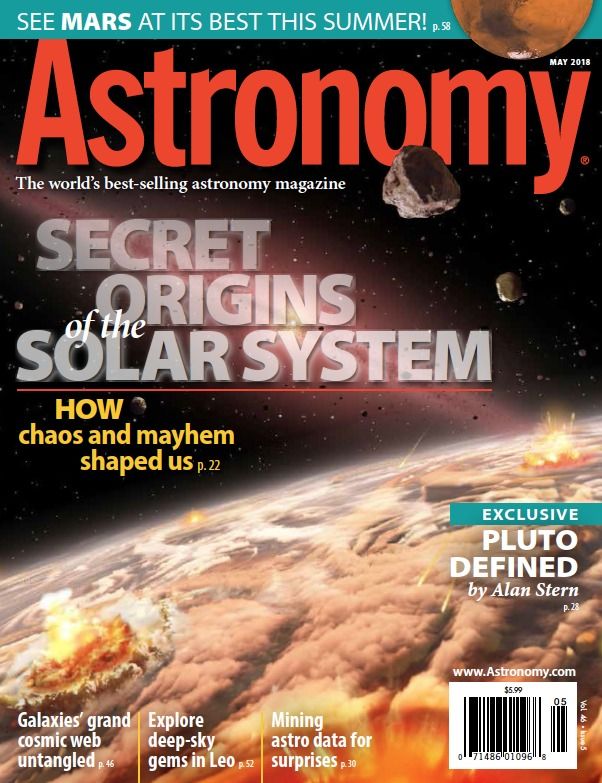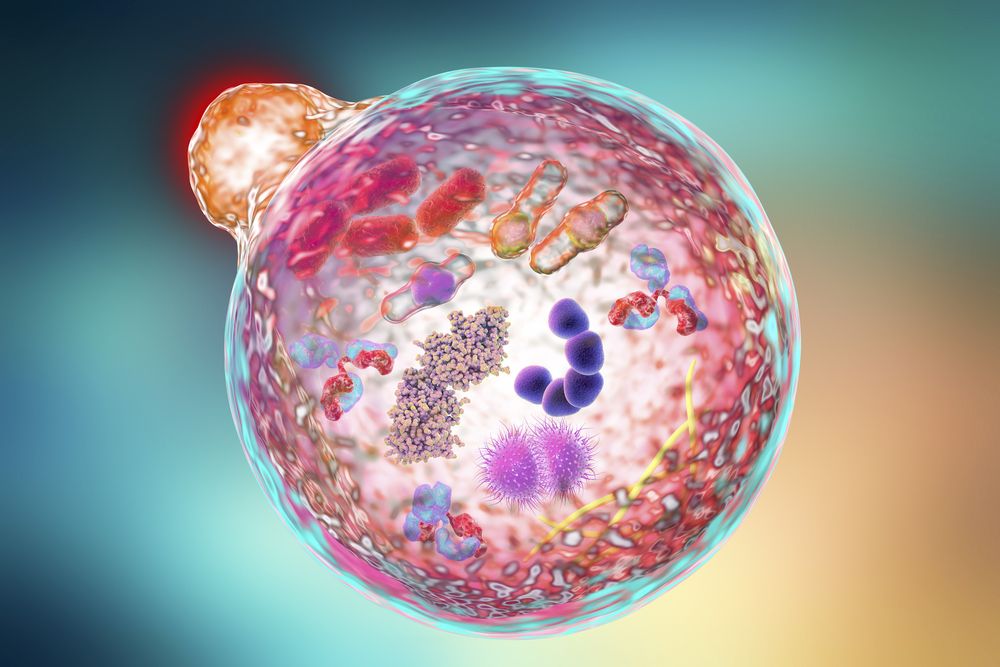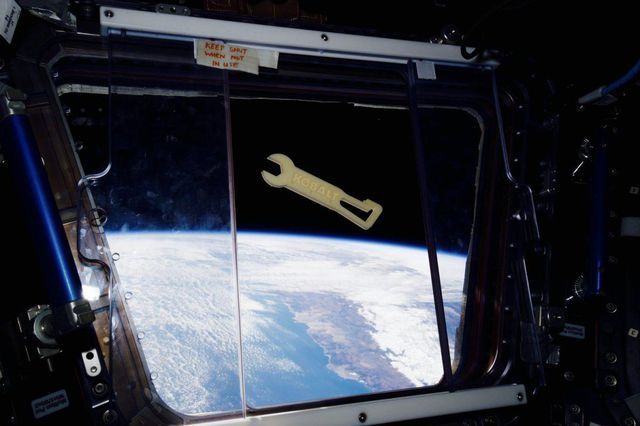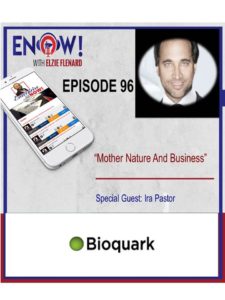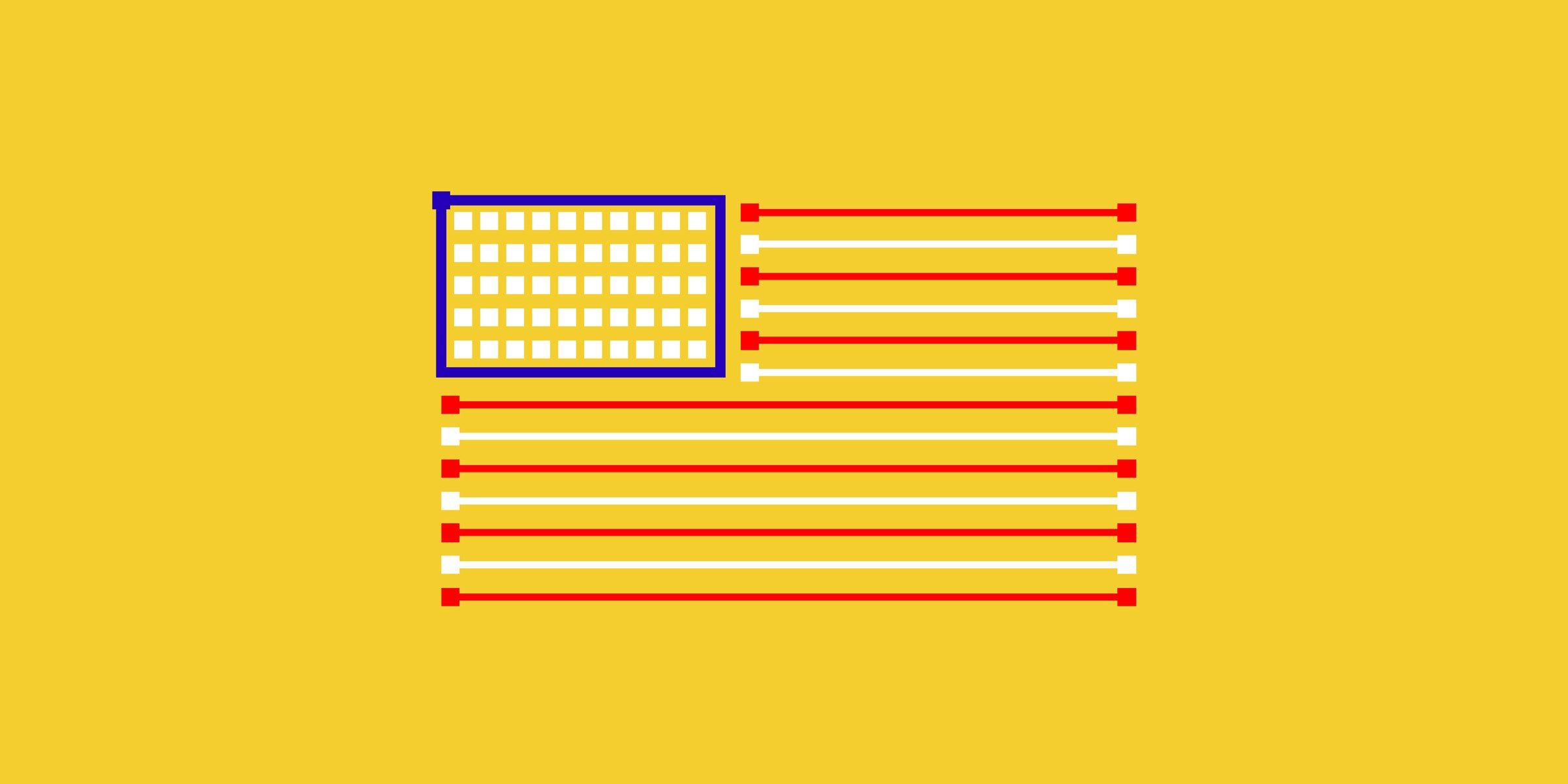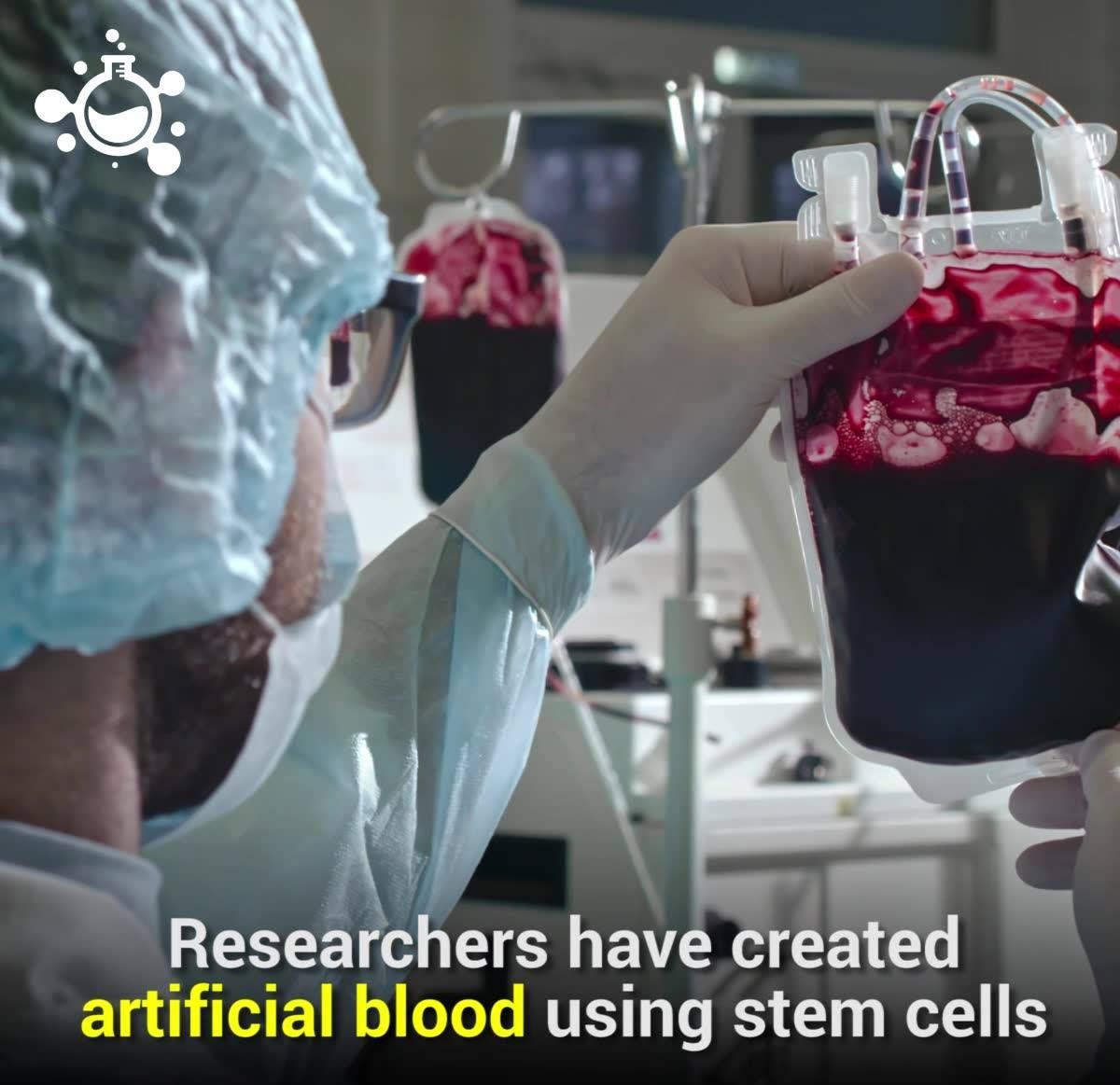Astronomy.com is for anyone who wants to learn more about astronomy events, cosmology, planets, galaxies, asteroids, astrophotography, the Big Bang, black holes, comets, constellations, eclipses, exoplanets, nebulae, meteors, quasars, observing, telescopes, NASA, Hubble, space missions, stargazing, and more.
System-sounds.com converts the orbits of Jupiter moons Io, Europa, Ganymede and Calisto into a mind-bending visual and audio experience.
Researchers at Brown University have discovered a way to stimulate cellular autophagy, which is a natural recycling system built into every cell in the body. This has the potential to combat many age-related neurodegenerative diseases.
What is autophagy?
Autophagy means “eating of self” (from Ancient Greek “auto” = self, “phagein” = to devour). Autophagy is how cells break down broken or dysfunctional organelles and proteins in the cell [1,2]. This essentially means that autophagy can consume organelles, such as mitochondria, peroxisomes, and the endoplasmic reticulum, as part of this process. There is also evidence to support that high levels of autophagy are linked to longevity.
When history’s pilgrims and pioneers arrived in a new territory, they used the land’s natural resources to build their settlements. Space colonists, on the other hand, will have to bring materials from Earth and assemble them on Mars. Andrew Rush, president and CEO of space-based manufacturing firm Made In Space, believes the process of creating off-world infrastructure will be similar to building IKEA furniture. Only the parts will be made with an advanced 3D printer and put together by an autonomous robot.
“We think the future of in-space operation is one of manufacturing and assembly, just like how you built the table you’re sitting on right now,” Rush says. “That table is a multi-material object, and its pieces were all manufactured in different ways. I don’t think space colonies are going to take a different approach.”
Full of antioxidants and vitamins, tea is pretty good for you, and green tea extracts have even been used as effective carriers for cancer drugs. New research led by Swansea University has found a novel way to wring more health benefits out of the stuff, by making quantum dots from tea leaves and using them to slow the growth of lung cancer cells.
Quantum dots are semiconductor particles so small they exhibit strange electrical and optical properties, such as the ability to fluoresce in different colors, or help with certain chemical reactions. Their glowing properties mean they’re showing up in TVs and solar cells, and in medical applications as biomarkers to help doctors precisely locate tumors. They’re also being used to treat cancer, fight antibiotic-resistant bacteria and convert CO2 into liquid fuels.
The problem is, manufacturing them can be a costly and complicated process, and the end results can be toxic. So the Swansea team, along with researchers from Bharathiar University and K. S. Rangasamy College of Technology, set about making quantum dots out of humble tea leaves.
Car dealerships in Nordic countries actively discourage consumers from buying electric vehicles, researchers who conducted an undercover investigation said Monday.
Their findings, published in the peer-reviewed Nature Energy, reveal an overlooked barrier to the sale of electric vehicles, which are expected to play a key role in lowering CO2 emissions and curbing global warming.
Posing as prospective buyers, the researchers made 126 enquiries at 82 dealerships in Denmark, Norway, Sweden, Iceland and Finland.
France isn’t alone. Last month, the European Union’s executive branch recommended its member states increase their public and private sector investment in AIt also pledged billions in direct research spending. Meanwhile, China laid out its AI plan for global dominance last year, a plan that has also been backed up with massive investment. China’s goal is to lead the world in AI technology by 2030. Around the world, our global economic competitors are taking action on artificial intelligence.
Opinion: Rep. John K. Delaney argues that if the United States wants a prosperous economy, it needs a national plan for artificial intelligence.
